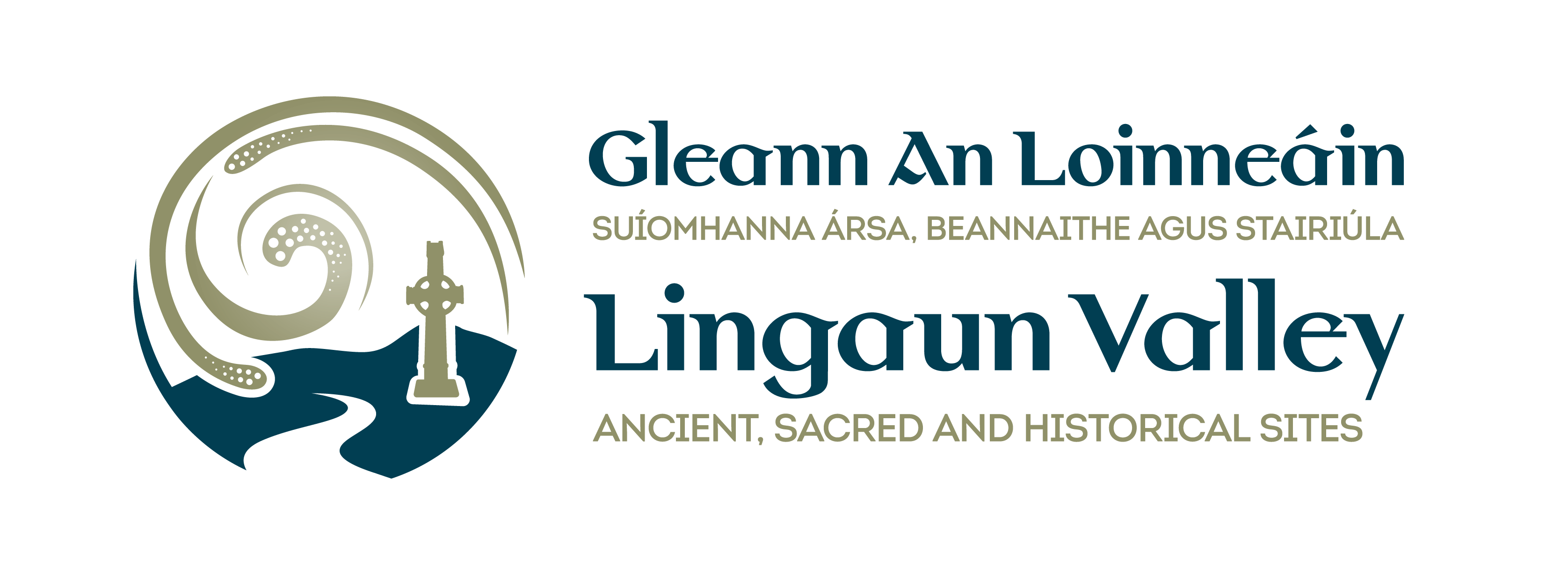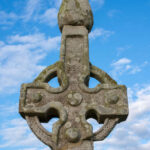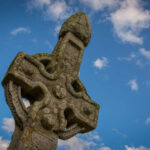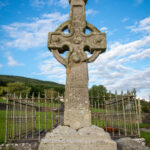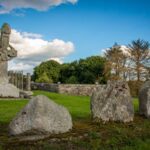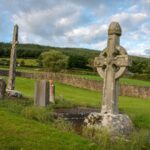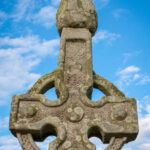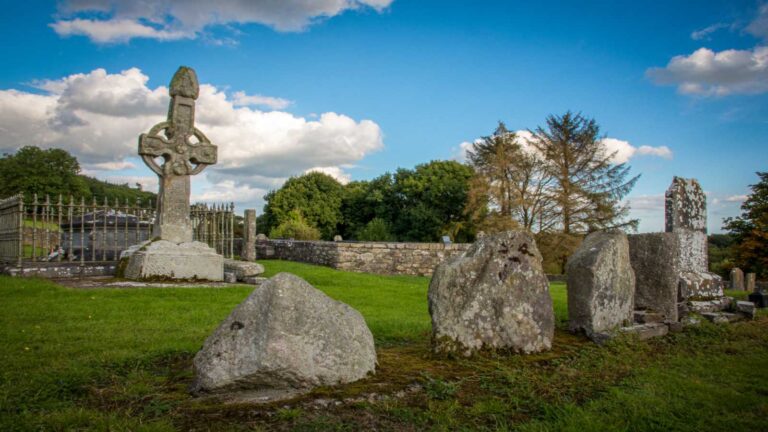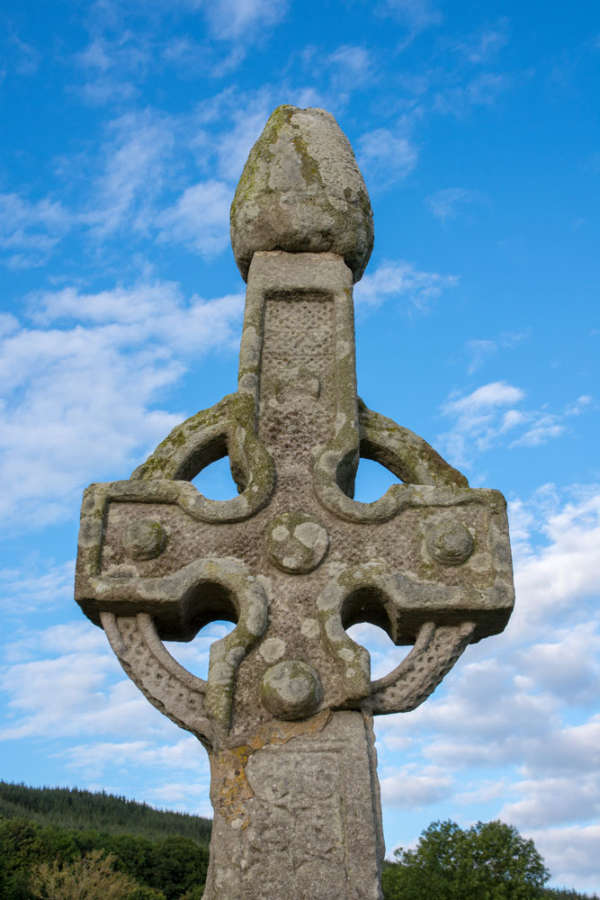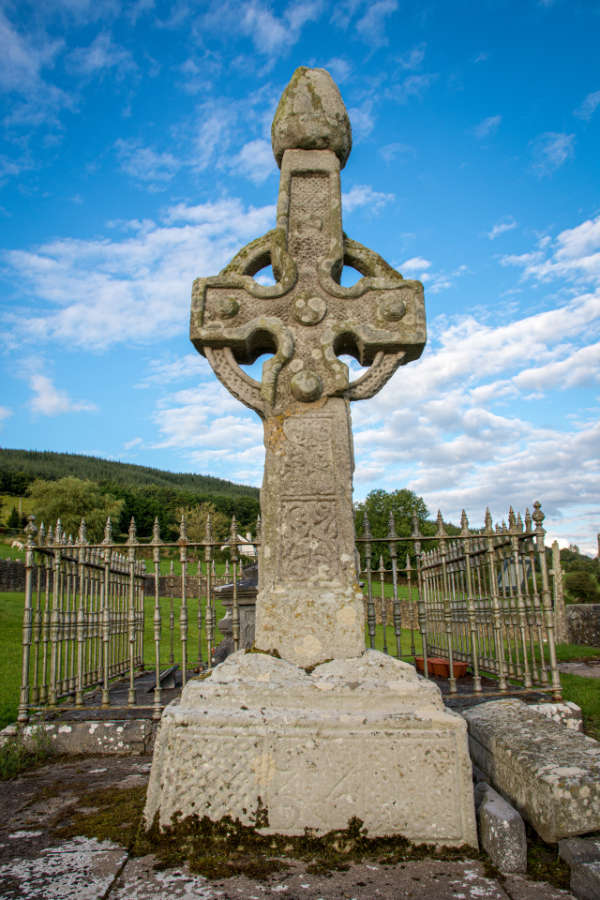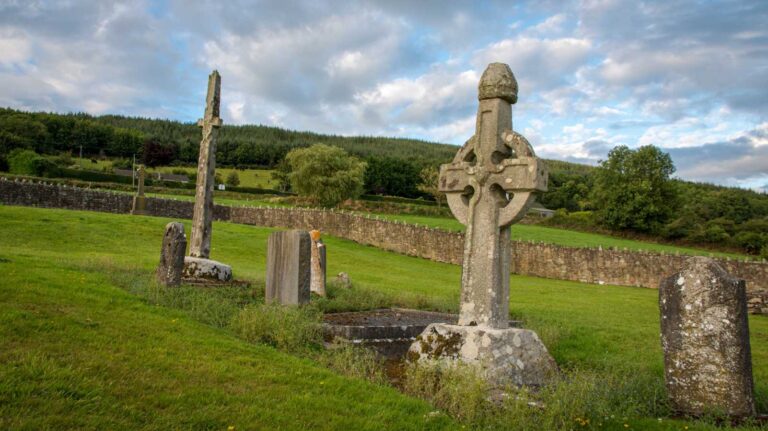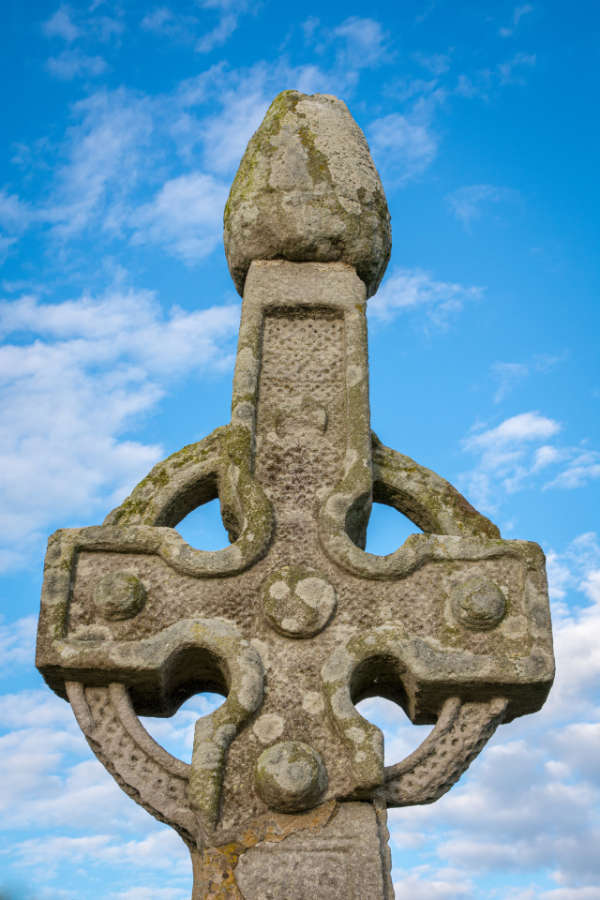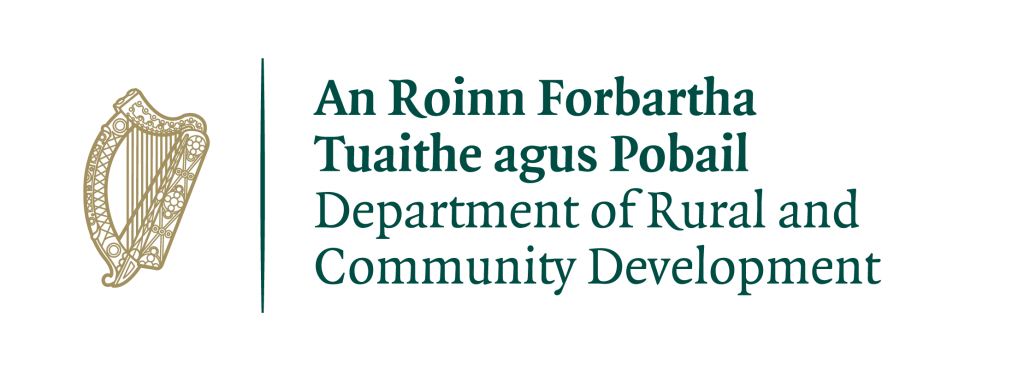Kilkieran is named for St. Kieran, the pre-Patrician Saint. His father was Lugna, a Nobelman of a Dål Birn rulers of Osraige, and before he was conceived his mother had a dream that a star fell into her mouth. She related this dream to the Druids who were knowledgable of such things and they told her she would bear a son whose fame and virtues would be known as far as the world’s end. Her Son Kieran established a cell in a wood in upper Osraige which became the chosen burial place for the Kings of Osraige. After studying in Tours and Rome he set up his first monastic settlement in Cape Clear and later in Saighir Kieran and Kilkieran.
Three sandstone high crosses are located in Kilkieran graveyard plus remnants of a fourth, and they stand between 2.8 and 3.5 metres high. They are thought to date from the seventh and eighth century, The west cross is very similar to the crosses at Ahenny. The north cross at Kilkieran is distinguished by its tall and slender shape and unlike the other crosses it has no ring.
The slim older Cross was found and re assembled in 1858 by a ‘blind mechanic’ from nearby Faugheen named John Laurence.
Kilkieran is located above the springline, with the main water source being a spring/ Holy Well which feeds a tributary of the Pil River. Kilkieran was probably on an important overland route in the eighth century, when the Crosses were carved and erected. But it is unclear where the route ran. At the time there would be a good deal of forest in the Valley, the water source seems the most likely feature determining the location of the monastic settlement, and perhaps a pre-Christian settlement too.
A Bullaun stone has been cemented into the wall around the Holy Well. A Bullaun is the name used for the depression in a stone which is often filled with water.
The phallic stone may predate the crosses, it is worked and although it is not decorated it is reminiscent of the Turoe stone located in Bullaun county Galway, which has elegant La Tène (iron age) carving.
